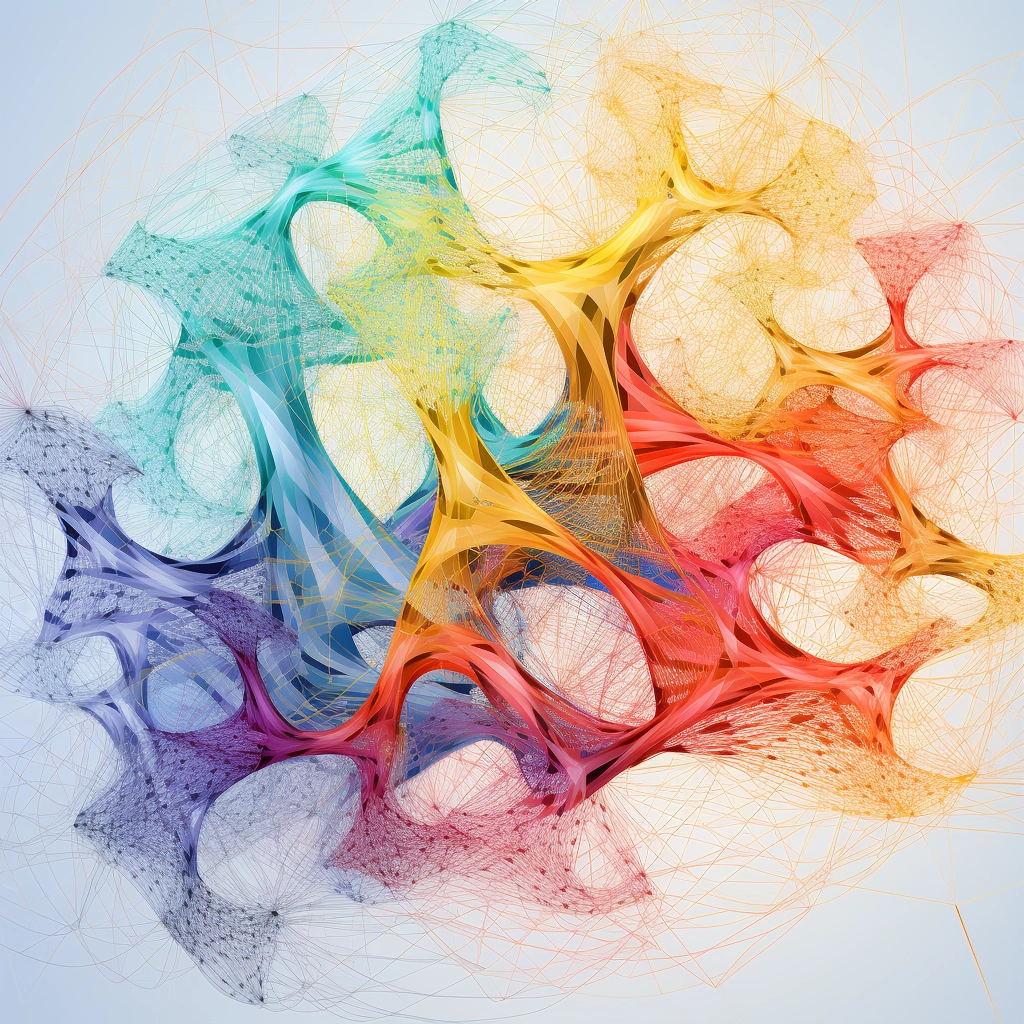In a recent study, researchers observed highly unusual training loss curves while fine-tuning a large language model (LLM) on multiple-choice science exam questions. These curves indicated that the model was able to rapidly memorize examples from the dataset after seeing them just once, contradicting prior wisdom about neural network sample efficiency. This discovery led to a series of experiments to validate and understand this phenomenon, potentially prompting a reevaluation of how we train and use LLMs.
How Neural Networks Learn
Neural networks are trained by presenting them with examples of inputs and outputs, enabling them to learn to predict outputs based on inputs. During training, the network attempts to reduce the loss, a measure of how often the model is wrong. In the case of the study, a large dataset of science exam questions was used to train the model.
The Odd Loss Curve
The researchers noticed a distinct loss curve pattern during the training process. Usually, loss gradually improves over time, but in this case, there were sudden downward jumps in loss at the end of each epoch. Initially, they suspected a bug in their training process but discovered that other researchers using different methods also observed similar patterns.
The Memorization Hypothesis
The prevailing hypothesis among the research community is that the observed loss curves indicate rapid memorization by the model. This suggests that the model learns to recognize inputs after just one or two examples. While this goes against conventional knowledge, it is not fundamentally impossible. Pre-trained large language models, like the ones used in the study, may have extremely smooth loss surfaces near minimal loss, allowing for efficient memorization.
The Implications and Challenges
The rapid memorization ability of neural networks raises several implications and challenges for training and using these models. One challenge is the issue of catastrophic forgetting, where models may remember counter-examples more strongly than the original examples they were trained on. Additionally, data augmentation techniques like paraphrasing and back-translation may become less effective since the model can extract the same information regardless.
Mitigating Challenges and Future Directions
To address these challenges, researchers propose the use of techniques such as dropout or stochastic depth. Increasing the use of rich mixtures of datasets throughout training may also help prevent forgetting. Feedback and alternative hypotheses from the research community are encouraged to further understand and adjust training and usage methods for these models.
Conclusion
The unusual training loss curves observed in neural networks during fine-tuning raise intriguing questions about rapid memorization and overfitting. While the study's findings suggest that pre-trained language models have the ability to learn quickly, further research is needed to validate these observations and explore potential solutions to the challenges posed by rapid memorization. By reevaluating training methods and leveraging insights from the research community, we can continue to improve the effectiveness of large language models in various applications.
